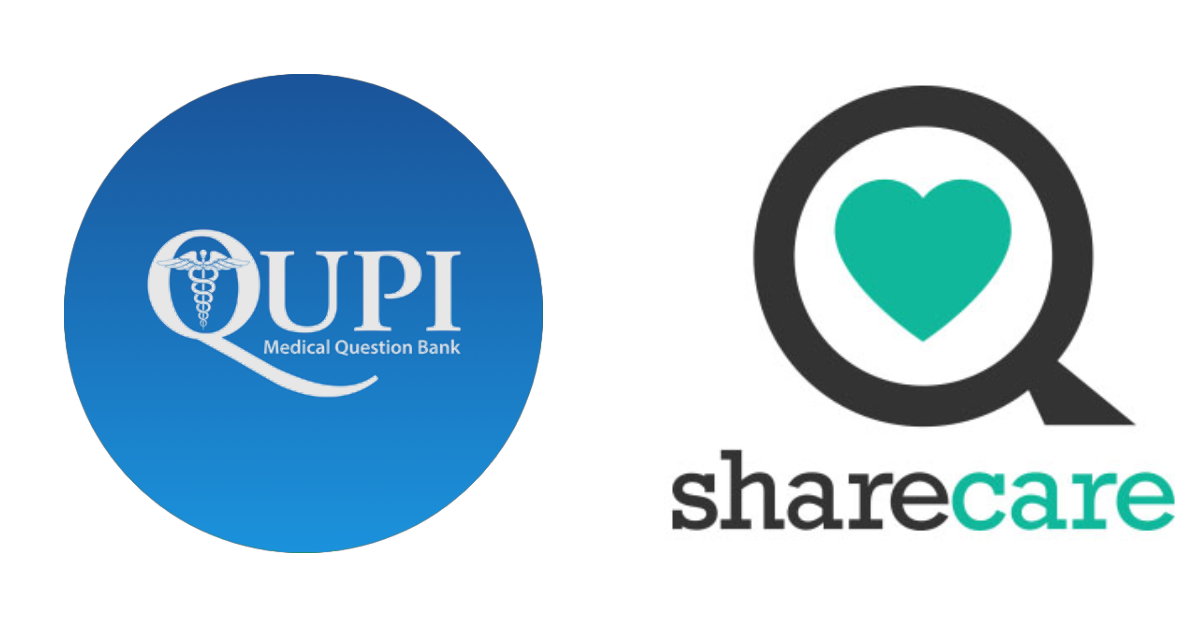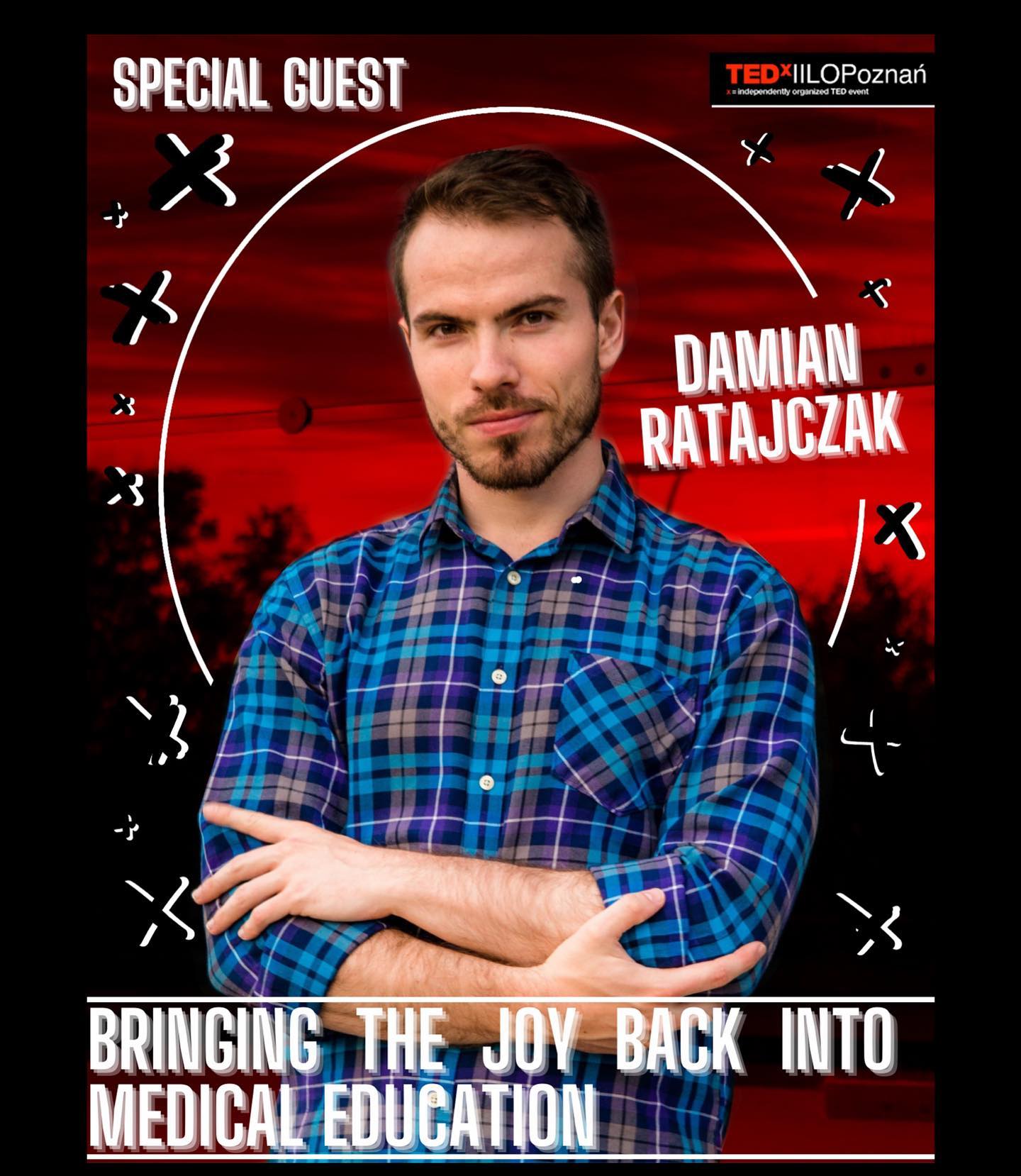Recently New York University’s decision to offer free medical tuition to all of its medical students went viral. Covering up to $55,018 of fees a year, this scholarship applies not just to incoming medical students, but to existing students as well, many of whom will have their loans refunded.
This is exciting news for NYU students and we heartily congratulate all those who benefit and the university team who made this happen. However, the necessity of this scholarship exposes major flaws inside the US medical education market, which this one bold gesture will not be enough to fix.
The High Cost of Medical Education is Toxic
According to the American Medical Association, medical students graduate with an average of $192,000 worth of student debt. This is not only a massive psychological strain on new doctors (who already battle with staggeringly high levels of depression), but it also warps the medical field for years to come.
Faced with such high levels of debt, new doctors are less likely to serve rural communities and practice low paying but highly needed specialities such as family medicine. Instead, they chase the money, going after highly paid specializations likes orthopedics and radiology, and the communities suffer as a result.
The high cost of medical school also puts off people from lower income backgrounds from even attempting to become a doctor in the first place. Rather than spending eight or more years acquiring six figures of debt, lower income students are more likely to opt for paths that take them more quickly into the workforce. This prevents intelligent, hardworking students from becoming doctors, and deprives lower income communities from access to passionate physicians who understand their background and would work hard to serve their interests.
A Billionaire Funded Intervention Unlikely to Set a Trend
The NYU’s ability to grant free tuition to all its medical students was made possible in part by donations from billionaires such as Kenneth G. Langone, the current head of NYU Langone Health’s board of trustees. Langone made his fortune as the co-founder of retail giant The Home Depot, and donated $100 million dollars to fund this scholarship. He is quoted in Forbes as saying:
“Thanks to the extraordinary generosity of our trustees, alumni, and friends, our hope—and expectation—is that by making medical school accessible to a broader range of applicants, we will be a catalyst for transforming medical education nationwide,”
There is no doubt that Langone’s generosity is to be applauded. However, I am deeply skeptical that he will succeed in catalyzing change across the US as a whole. Afterall, most universities are not fortunate enough to have access to billionaire donors. Consider the hundreds of universities in poorer districts. These are the very communities who are in desperate need of doctors, however those least likely to have billionaires among their ranks of alumni.
The mere fact that such rare figures are so heavily depended upon points to deep systematic flaws that need to be carefully solved at the institutional level. While Langone’s gift is transformative at the local level, relying on one off ‘miracles’ such as this to solve medical education across the US is wishful thinking.
Medical Education Needs to Be Made Cheaper
It needn’t cost this much to train a doctor. Other countries such as Germany make medical education absolutely free for the students. One reason why this is possible is because most developed countries do not require students to first complete a bachelor’s degree before starting medical school – students can begin straight after highschool. This greatly speeds up the process, allowing doctors to join the workforce younger, with fewer years spent out of the workforce paying money to expensive educational institutions.
Fortunately, modern technology may provide the answers. We’ve written before about how medical schools are gradually adopting new innovations such as Virtual Reality to aid the teaching process. Virtual cadavers are cheaper, cleaner and more efficient than the real thing. Online education also allows any students to access lectures from the best medical experts in the world, and network with their peers across the country.
Private companies and foundations such as QUPI help make medical education more accessible and make it easier for students to practice their medical knowledge and pass their exams. These innovative companies can already make a difference, but they will not catalyze change on the macro level without support from the authorities and institutions who keep a vice grip on the status quo.
Using the internet to better distribute knowledge and resources, replace outdated and expensive teaching methods, and slim down bloated bureaucracies would benefit the students and communities. However, institutions who are thriving – from their perspective – within the status quo are unlikely to quickly adapt at the risk of damaging their bottom line and inviting competition from last established organizations.
We Are Facing a Crisis Level Doctor Shortage
The US is hurting towards a drastic shortage of primary care physicians, with the AAMC predicting a shortage of 120,000 doctors by 2030. With this impending catastrophe clearly visible on the horizon, it is clear the status quo has failed. To fix things,medical institutions and legislators need to be prepared to make radical changes.
Legislators need to step up, and focus on the goal of creating more doctors. Funding needs to be increased for student loan forgiveness programs, and resources made available to incentivise students to take residencies in poorer areas. The 20 year old caps on Medicaid that restrict the number of subsidized residencies at teaching hospitals need to be lifted.
NYU is admirable in their intention to allow people from all walks of life to become doctors. They have made it possible for their community thanks to the generous intervention of billionaire donors. In order for the rest of the nation to share in the benefits, however, massive changes need to happen at the institutional and government level.
For the US at large, offering free tuition to students at one university thanks to the deep pockets of their alumni is too little, too late. As the great medical expert Taylor Swift wisely put it “band-aids don’t fix bullet holes.” The system is broken. NYU is fixing the symptoms, not the underlying cause.













